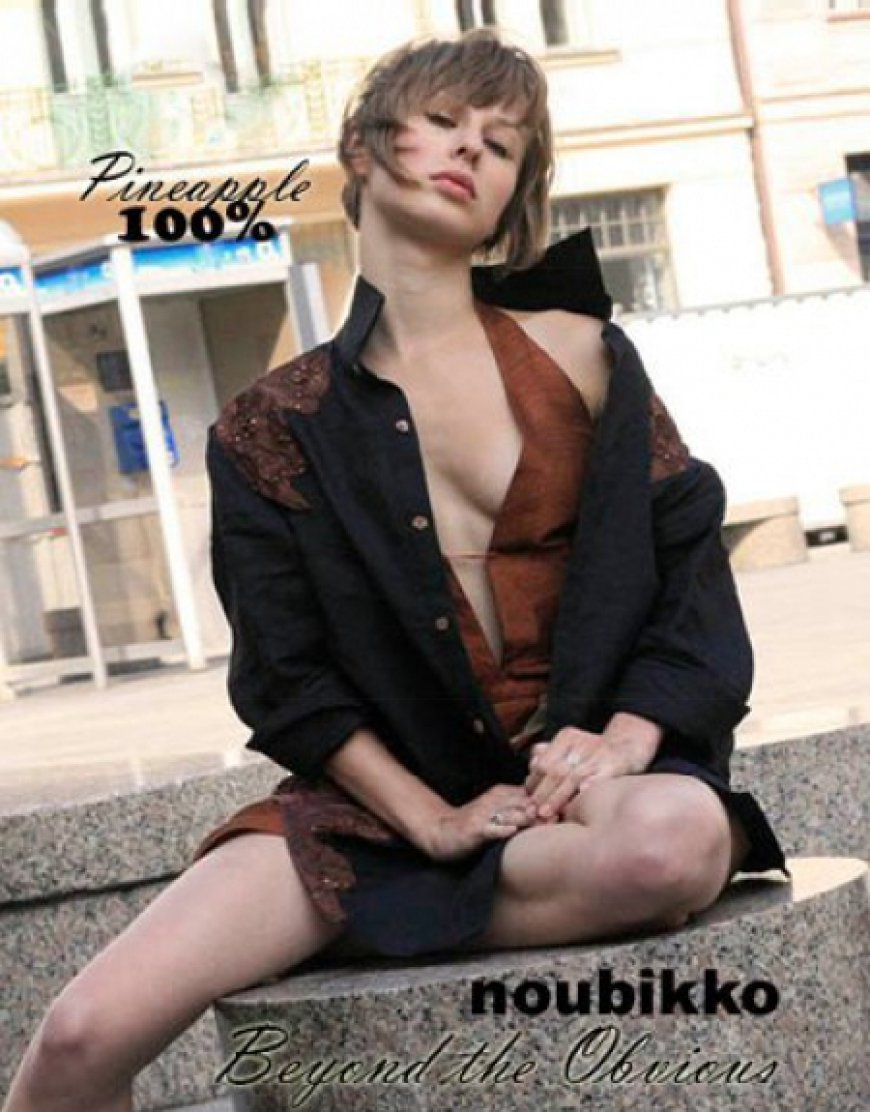Church Borderouge / TRIPTYQUE + studio.AQUI

This brick monolith is a direct reference to the emblematic buildings of sacred architecture found in the Toulouse region, particularly the "borde rouge" or "red house" typology. With its distinctive form, the building clearly signals its identity as a church—its bell tower, cross, and apse-like structure make it easily readable within the urban fabric. It stands not as an isolated monument, but as a fully integrated component of its surrounding suburban context, reflecting the very nature of the parish community it serves. The architectural and landscape choices were directly informed by its urban setting, constraints, and neighboring buildings.















